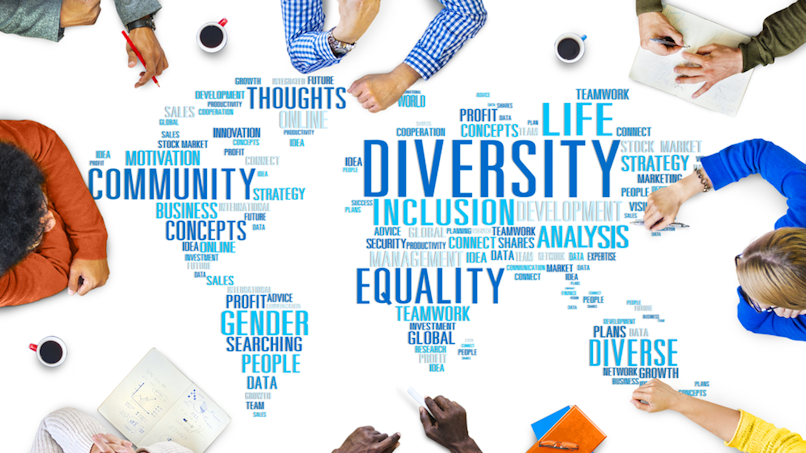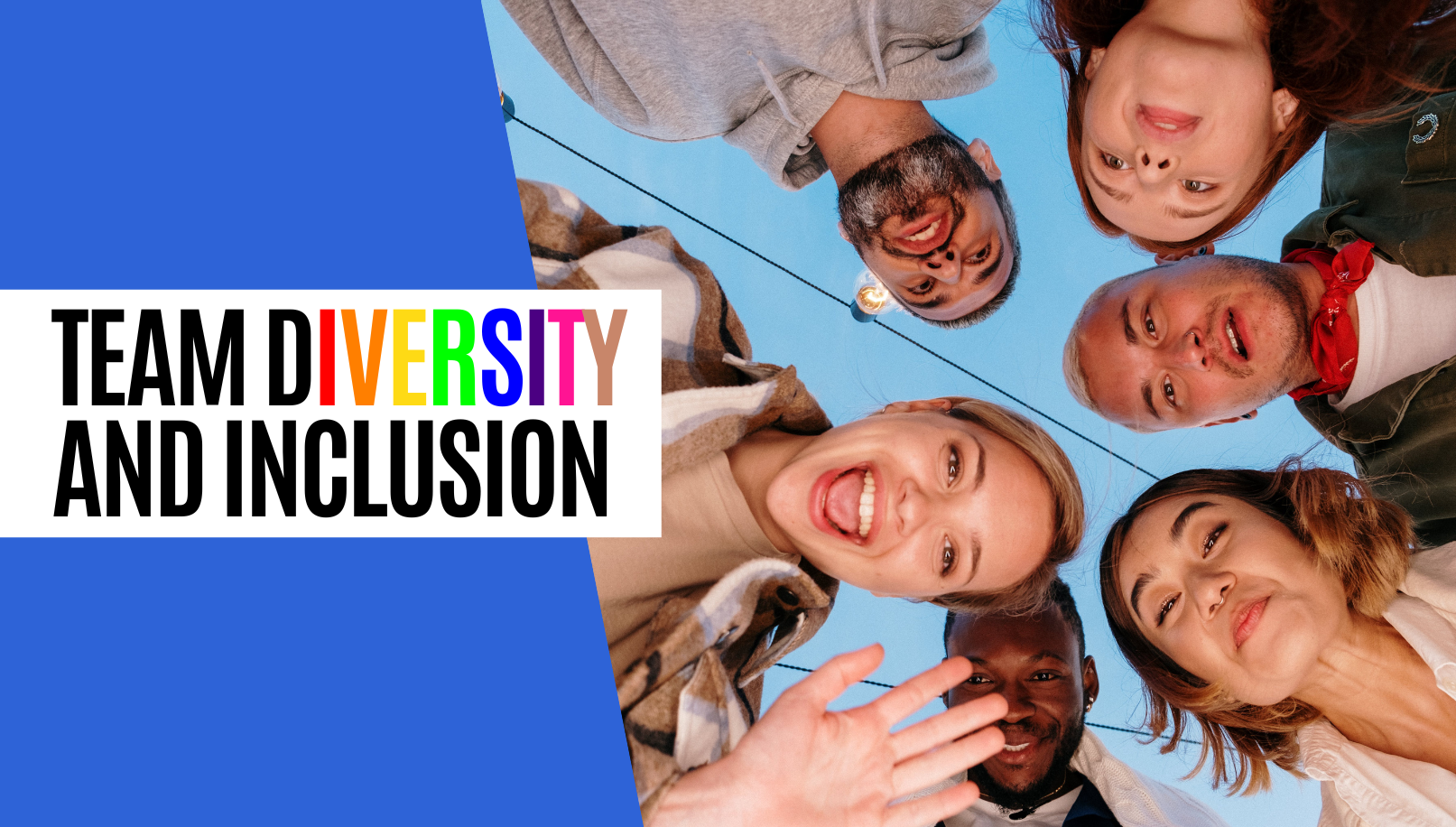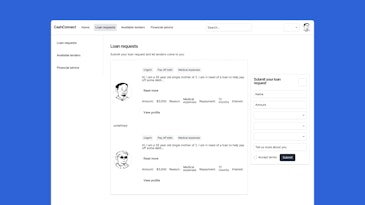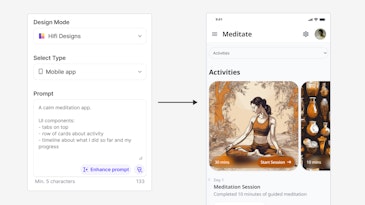In the current rapidly changing business world, the significance of diversity and inclusivity in teams is not overstated. These concepts, which go from being just buzzwords, are the foundational pillars that fuel innovation as well as creativity and team performance. We are about to dive into the core of diversity and inclusiveness. We will explore how they affect the dynamics of teams and create extraordinary results.
Anticipate an informative trip through statistics and actual instances that illustrate the transformational impact of diverse teams. Not only are we going to define these important concepts, but also highlight the real benefits they bring to workplaces ranging from increased problem-solving skills and creative thinking to broadening perspectives and skill sets leading to better decisions and better business outcomes.
The Power of Diversity in Teams
Diversity and Inclusion Defined
Diversity in teams involves incorporating individuals from varied backgrounds, encompassing different ethnicities, genders, ages, disabilities, religions, sexual orientations, educational backgrounds, and nationalities.
This practice significantly contributes to employee well-being. Inclusion, on the other hand, ensures these diverse voices are not only heard but also valued and actively integrated into team activities. It's about fostering a culture where all team members feel appreciated and are provided equal opportunities to engage and excel, which is a key component in enhancing overall employee well-being.

Impact on Team Performance and Innovation
The effect of inclusion and diversity on team efficiency and innovation is proven by the evidence of compelling numbers. In one instance, a study by McKinsey & Company found that organizations with diverse executive teams are 33 percent more likely to earn higher-than-average earnings.
In the same way, a Boston Consulting Group study revealed that companies with a higher level of diversity of their management teams had innovations revenue that was 19 percentage points more than those that have a low level of diversity in their leadership. These numbers highlight the vital importance of diversity in fostering not only team cohesion or morale but also tangible business results.
5 Benefits of Diverse Teams
Enhanced Creativity and Innovation
Diverse teams are hotbeds for creativity and innovation. The amalgamation of various backgrounds and experiences ignites a creative spark that is often absent in homogenous groups. Diverse perspectives lead to a plethora of ideas and solutions, fostering an environment where innovation is not just welcomed but actively pursued. This environment is crucial for developing unique solutions and thinking outside the box, which is vital in today’s competitive business world.
Broader Range of Skills and Insights
One of the most significant benefits of a diverse team is the wide array of skills and insights each member brings. People from different backgrounds offer varied skills, experiences, and viewpoints. This diversity enriches the team's collective knowledge, making it more competent and versatile. It enables the team to tackle complex problems from different angles, ensuring a well-rounded approach to any challenge.
Improved Problem-Solving Ability
Diverse teams excel in problem-solving. The varied experiences and perspectives of team members lead to a deeper understanding and more thorough analysis of issues. This comprehensive approach often results in more effective and sustainable solutions, as diverse teams are more likely to identify and consider potential pitfalls and varied viewpoints during the problem-solving process.
Enhanced Employee Engagement and Morale
Diversity and inclusion efforts in the workplace significantly enhance employee engagement and morale. When employees feel represented and valued, their satisfaction and commitment to the organization increase. This heightened sense of belonging and appreciation often leads to higher motivation and better overall performance from the team.
Better Representation of Customers and Markets
Diverse teams are more likely to understand and relate to a broader customer base. In a globalized market, teams that reflect the diversity of their customers have a competitive edge. They are better equipped to understand the needs, preferences, and cultural nuances of different market segments, leading to more effective marketing strategies, product development, and customer service.

The Challenges of Fostering Team Diversity
Recognizing and Overcoming Bias
One of the major difficulties in fostering diversity within teams is identifying and conquering biases subconscious and conscious. These biases may manifest in a variety of aspects of team interactions, from recruitment and promotion decisions to everyday interactions. Overcoming these biases requires constant effort and awareness which includes training that assists team members to identify and work on their prejudices. This is an obligation that’ll lay the foundation for objective and fair decisions.
Ensuring Equality of Representation and Participation
Another important issue is ensuring equal participation and representation within teams of different sizes. It's not enough to just have a diverse team for the sake of it. Every team member should have the same chance to be a part of the team and have equal influence.
This is why it's important to create an environment where everyone's opinions are considered and respected and where the efforts of every team member are acknowledged and valued. It can be challenging, especially for teams that have deeply ingrained traditional hierarchies or cultural practices that favor certain groups over others. That’s why in the next section we will be looking at some practical strategies to help bring these initiatives into practice.
Strategies to Promote Diversity and Inclusion
Inclusive Recruitment and Hiring Practices
To encourage diversity and inclusion, organizations must employ practices that are inclusive in hiring and recruitment. This includes creating job descriptions that are appealing to an array of candidates using diverse hiring panels and utilizing structured interviews that eliminate prejudices. In addition, companies should think about working with diverse professional associations and universities to broaden the pool of candidates.
Building of an Inclusive Culture: Awareness and Training
The creation of an inclusive workplace requires regular training and awareness programs to inform employees about diversification and diversity, address unconscious biases, and create an environment that is respectful of others’ cultures, traditions, and individuality. It's also about creating policies that promote inclusivity and diversity like flexibility in work hours and a zero-tolerance policy for discrimination.
Empowering Diverse Voices and Leadership
The empowerment of diverse voices and the development of inclusive leadership are crucial to a truly diverse environment. This requires providing opportunities for groups that are underrepresented to share their views, establish mentorship programs that foster diversities, and make sure that leadership positions are diverse to demonstrate the organization's commitment to diversity.
Real-World Examples and Case Studies
Success stories of diverse teams
Celebrating Diversity Through Cultural Events
Jeff Moore, the CEO of Everyday Power, has harnessed the power of cultural events to celebrate diversity and inclusivity in the workplace. His approach involves organizing events that honor a variety of cultural festivals and holidays, such as Chinese New Year, Halloween, Shavuot, Easter, Eid Holidays, and Christmas. The company has established a diversity and inclusivity committee, comprised of individuals from diverse cultures, races, and genders, to lead these events. These celebrations, though simple, have significantly contributed to creating a more inclusive work environment.
Leveraging Technology to Enhance Diversity
A Community Manager at MyPerfectResume, Agata Szczepanek, underscores the importance of technology in enhancing workplace diversity. The company employs Diversely's D&I tool, an AI-driven recruitment software, to improve its workplace diversity. This tool helps in measuring the company's current diversity level, appealing to under-represented groups, and enhancing the diversity of the candidate pipeline. It is particularly effective in identifying and replacing discriminatory language in recruitment and removing non-essential information from CVs, thus refining the entire recruitment process.
Promoting Open Dialogue Among Coworkers
Emphasizing the significance of open and honest dialogue among coworkers is a sure way to promote diversity and inclusion. By implementing and encouraging workshops, team-building activities, and diversity and inclusion training, Harman Singh, Director of Cyphere has fostered a peaceful work environment. This approach has made it easier for employees to engage in difficult conversations, allowing for a variety of perspectives and experiences to be shared and understood within the workplace.

Lessons Learned from Failed Diversity Initiatives
Misunderstanding of Diversity: Initiatives focusing only on metrics without integrating employees within their team and company culture fail to make every employee feel heard, valued, and included.
Assuming No Issues Exist: Mistaking the existence of a diversity policy for its effective implementation can lead to a lack of real diversity and inclusion in the workplace.
Lack of Organizational Buy-In: Without support from colleagues and leaders, meaningful culture change becomes challenging. Diversity is more than a buzzword; it requires a real commitment from management.
Unexplored Bias: Moving from a quota-based to an inclusion-based understanding of diversity can reveal unexplored biases that hinder the full potential of talent.
Lack of Support: Diversity initiatives require time, resources, and high-level executive involvement. A lack of these elements can hinder the success of these initiatives.
Conclusion
In conclusion, diversity and inclusion are not just corporate buzzwords but essential components of a successful team and organizational culture. Real-world examples demonstrate that effective strategies, such as equitable leadership training, fostering a culture of belonging, amplifying underrepresented voices, and utilizing technology, can significantly enhance team performance and creativity.
However, lessons from failed initiatives highlight the importance of a deep understanding of diversity, organizational buy-in, and the avoidance of unexplored biases. To truly benefit from the power of diversity and inclusion, organizations must move beyond mere policies and actively implement strategies that foster a genuinely inclusive environment.



